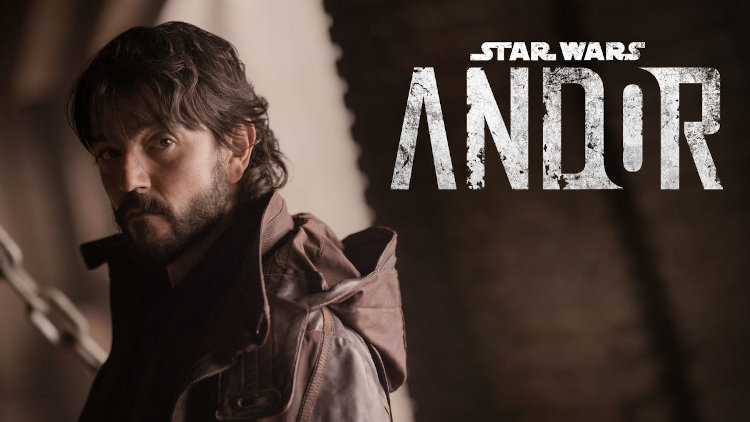
As a kid back in the 1990s I was spellbound by the Star Wars movies. I didn’t fully grasp the story, but everything was so cool: Spaceships, droids, aliens, and lasers! So cool! I had Star Wars toys, and I recorded the movies from TV, to watch again and again in all their blurry VHS glory. Now we have high-definition streaming, from which I’ve spent the past week watching the “Star Wars: Andor” series’ first season, and it has blown my now grown-up mind.
For having “war” in its name, the Star Wars franchise is generally family-friendly. Good and evil are clearly laid out and color coded. The enemy soldiers have face-covering masks, or are droids, so it doesn’t feel as serious when they’re shot in large numbers. Plus there are attempts at comedy, some better than others.
“Andor” is something else entirely. Andor is Star Wars for adults. It shows the oppression of the Empire and enraging unfairness of its bureaucracy. It shows how oppression leads to rebellion, and all of the treachery, fear, mistrust, solitude, and courage being a rebel involves.
There’s no good or evil, just people. Some work in factories and shops. Some work for the Empire. Everyone can become a victim of imperial authoritarianism, whether they’re rich or poor, guilty or innocent, or loyal to the Empire or not. We feel for people on both sides. People on both sides make hard choices and do unheroic things.
Star Wars has never felt more real to me. At the same time it’s the most gripping Star Wars show I’ve seen (as a grown-up), but also the one that makes me think the most about suffering and injustice in the real world, here on Earth.